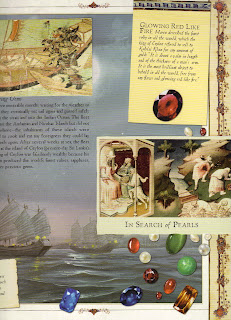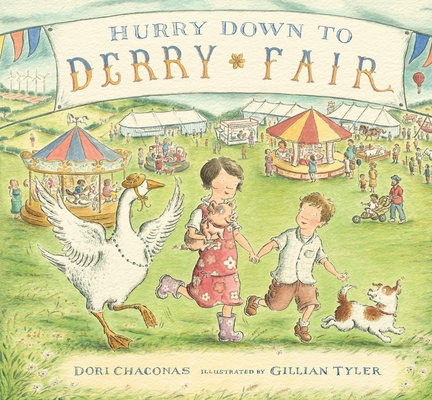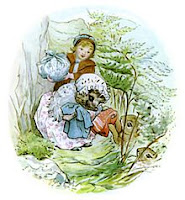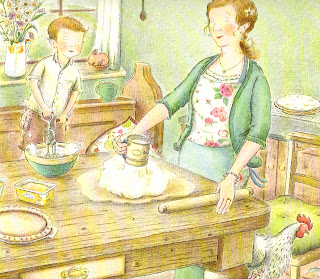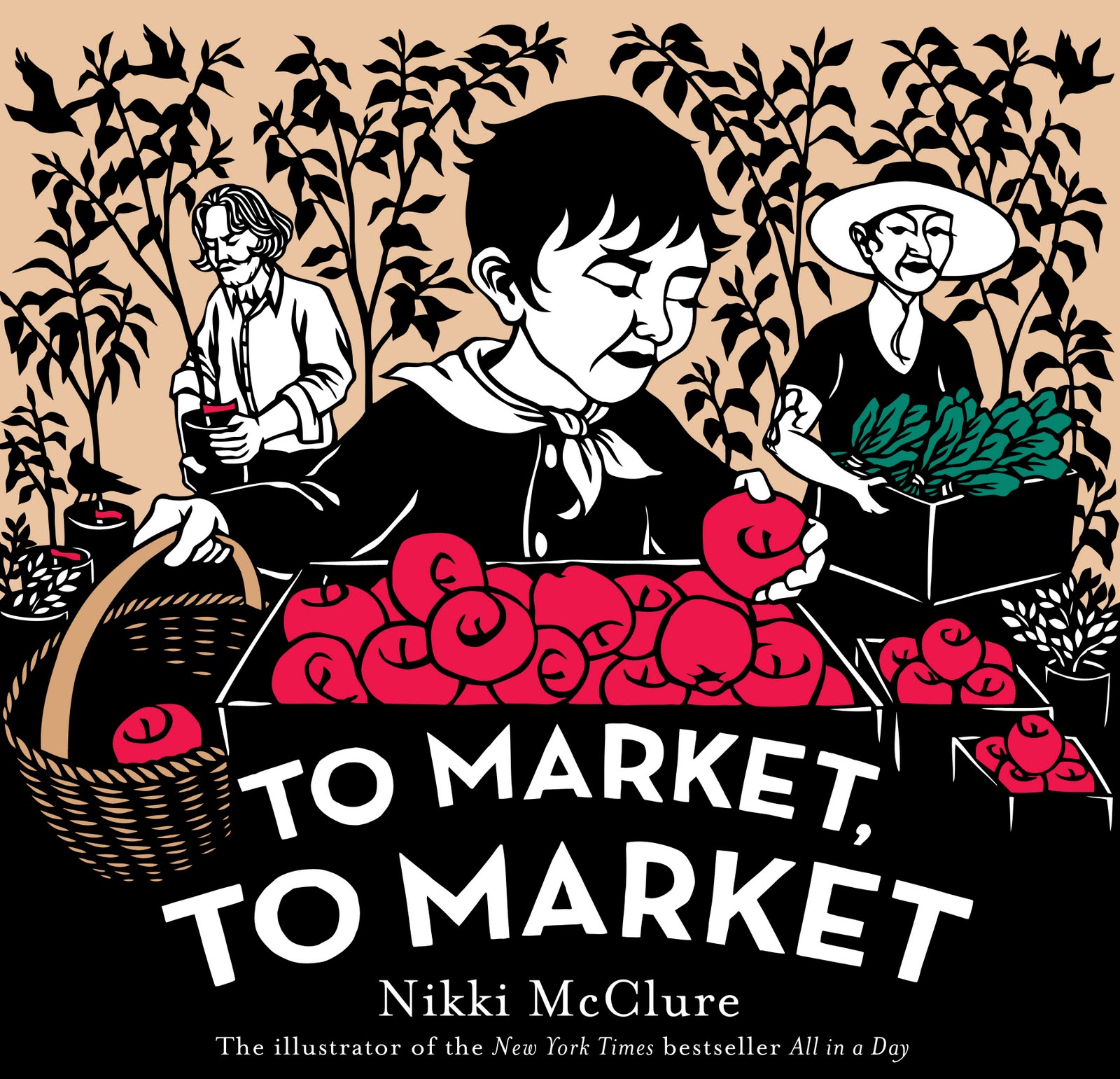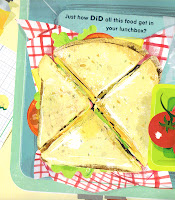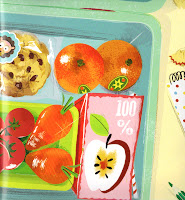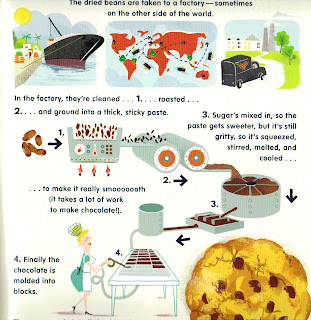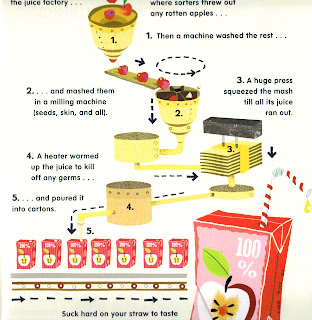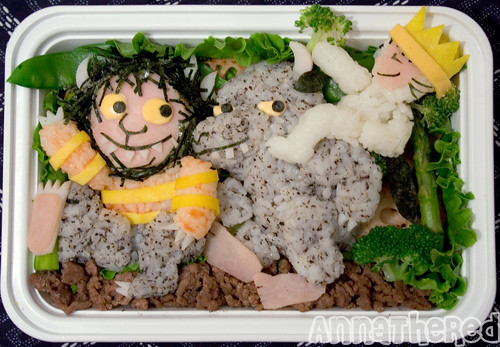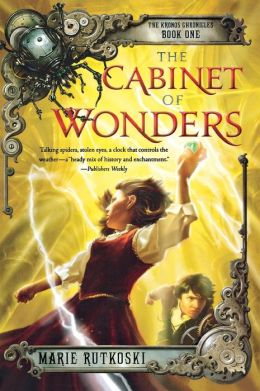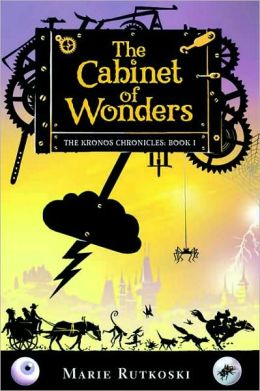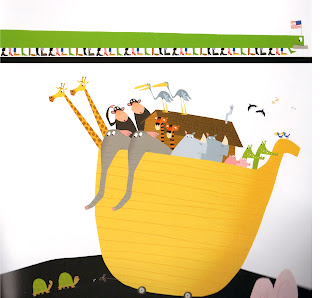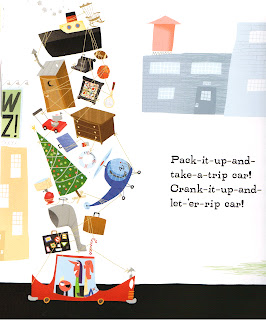
If you are familiar with the other books in this series, especially Clint Twist's Charles Darwin and the Beagle Adventure, then you need read no further. You know how exhaustive and author Twist is and how engaging and intriguing these books are. As I said in a previous review, the scrapbook format of this book, made popular by Candlewick Press's Ology series of books, is what makes Marco Polo: History's Great Adventurer, Being an Account of His Travels 1270 - 1295 so easy to pick up and fall into.

Every page is filled with easy to digest bites of information surrounded by wonderful illustrations and an assortment of flaps, maps and envelopes to open, unfold and explore. Twist begins the story of Marco Polo in a prison cell in Genoa, Italy in 1298. Polo and his cellmate Rustichello da Pisa, a professional soldier who also wrote poems for nobles, are prisoners of war in the ongoing battle between Venice and Genoa. During their months of captivity, Polo tells da Pisa of his travels. The two eventually produced a book titled A Description of the World, later known as The Travels of Marco Polo.
From there, the book follows Marco Polo's life (which began in 1254 and ended in 1324) starting with 1260 - 1270. Based in Constantinople, Polo's father and uncle ran a an import-export business while their families resided in Venice. Sensing a growing hostility toward Venetians, the brothers sold their belongings for a bag of gemstones and headed off across the Black Sea hoping to sell them to a local ruler. They ended up in Mongolia where they were befriended by Kublai Khan, who made them ambassadors to Europe. Kublai asked them to return to his growing Mongol empire with holy oil from Jerusalem and 100 Christian monks to exchange knowledge with the khan's own advisers. After returning to Venice and leaving again for Jerusalem, Niccolo Polo invites his seventeen year old son Marco to join them, changing his life forever.
1271 - 1272 finds the Polos traveling from Jerusalem to Hormuz with some interesting information about the Crusades. From 1272 - 1273 they are making their way across Persia and Afghanistan and we begin to learn about the Silk Road, the span of Alexander the Great's empire and that Afghanistan was, at that time, the only known source for the beautiful blue stone lapis lazuli, which could be ground into a powder to make the precious blue paint that was used exclusively for the robes of the Virgin Mary in paintings.
The Polos cross the Gobi desert and reach the Imperial City where they are invited to join Kublai, who takes a liking to the inquisitive Marco, as he completes his conquest of China. Kublai sends Marco to what is now known as Burma, by way of Tibet where he learns that they use blocks of salt as currency, to spy for him. Marco Polo also escorts a Mongolian princess and participates in a royal wedding, returning to their home almost twenty years later with pockets full of pearls where their families, unable to recognize the grizzled and bearded men, refused to acknowledge them as family! The final pages of the book tell of Marco Polo's legacy and includes an envelope which holds a replica of a map, c.1450, that reflects the contribution that Marco Polo and his travels made to the knowledge of the geography of the world.
A truly amazing book about an incredible adventure. I usually have little to no interest in history unless it is wrapped in a fictional bow, however, I was completely engrossed with Marco Polo: History's Great Adventurer, Being an Account of His Travels 1270 - 1295, just as I was with Charles Darwin and the Beagle Adventure. And, as with that book, my six year old son was entranced as well. This beautiful book would make the perfect gift for any young explorer - of the world or of knowledge. Look for my review of the next book in this series, William Shakespeare: His Life and Times, and, in the fall, Charles Dickens: England's Most Captivating Story Teller!


